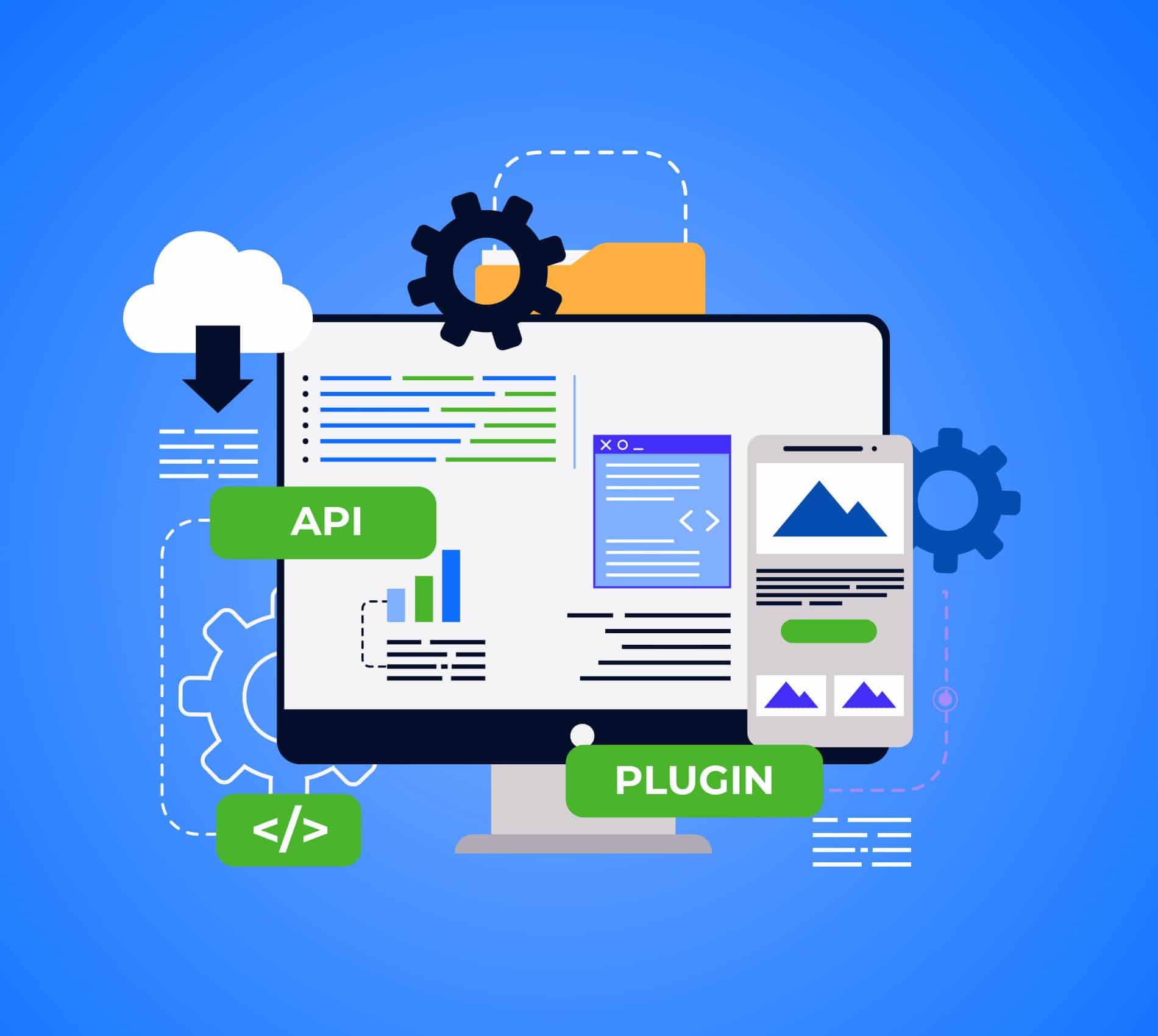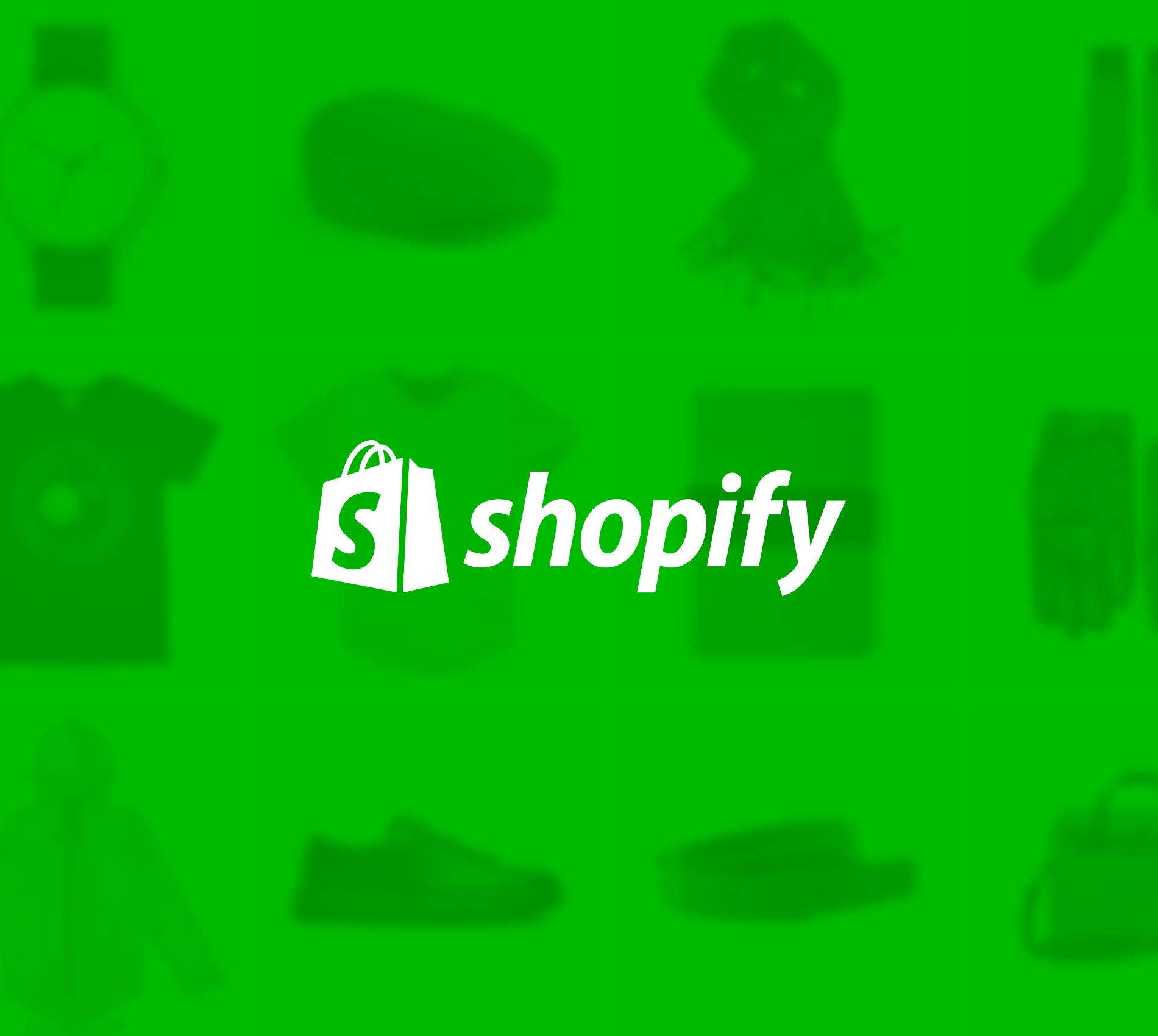Analyzing the Brazilian e-commerce shops’ profile, SEBRAE noted that 45% of them currently use a third-party e-commerce platform, such as VTEX, Magento or Shopify. 32% use their own system, while 14% use a free e-commerce platform and 13% sell through app. The type of platform used by an e-commerce business is key to defining how to integrate payment methods to the online shop. In general, merchants can choose to integrate via API, iFrame or using extensions for the e-commerce platforms they use. But what is the best option? Below we explain each of the integration methods and list their pros and cons.
Choosing an integration
- API
An API (Application Programming Interface) is a specific set of codes and specifications that allows different software programs to communicate with each other. In other words, it makes it easier for different programs to interact.
- iFrame
Short for inline frame, an iframe is a HTML element embedded into another HTML document. Usually used to insert content from external sources, an iFrame can be inserted anywhere within a webpage layout.
- Extensions
Also known as plugins, extensions are a software component designed to add or expand specific features to an existing program, enabling its customization.
Pros and Cons of the integration methods
| Integration | Pros | Cons |
| API | * More integration flexibility
* Control over the payment flow |
* Technical knowledge needed
* Necessary to be PCI Compliant to accept credit and debit card payments |
| iFrame | * No need to have a PCI compliance certificate
* Control over the payment flow |
* Less integration flexibility
* Technical knowledge needed |
| Extensions | * Easy integration
* No technical knowledge needed |
* Limitation to define payment flow
* Limited functionalities |
PagBrasil’s solutions available per integration method
PagBrasil offers integration via API, iFrame and extensions for VTEX, Magento, WooCommerce, Shopify, OpenCart, Shopware and Drupal. When it comes to the integration method and the payment methods and additional services available for each of them, not all PagBrasil’s options offer the same benefits.
The integration via API includes all the payment methods and services provided by PagBrasil, such as recurring payments and one-click purchase. The iFrame is only used for card payments when a merchant prefers the payment data not to flow through their systems, but it offers the same possibilities as the API.
The plugins, however, have different options:
| Extension | Credit Card | Boleto Bancário | Online Banking Transfer | Debit Card |
| VTEX |  |
 |
||
| Magento |  |
 |
 |
|
| Shopify |  |
 |
 |
 |
| WooCommerce |  |
 |
 |
|
| OpenCart |  |
|||
| Shopware |  |
 |
||
| Drupal |  |
 |
It is worth noting that, apart from being the only extension that supports debit card, Shopify is also the only plugin to offer Boleto Flash™ as its standard Boleto Bancário. For the other extensions, it is necessary to implement the requirements in order to offer this unique payment method offered by PagBrasil. In addition, Itaú Shopline, the online banking transfer payment method of Brazilian bank Itaú, is only available for Shopify plugin at the moment. On the other hand, PagBrasil’s Shopify extension is the only one that does not offer a direct checkout as it is not hosted on the merchants’ side.
All integration methods support credit card payments with up to 12 installments. However, when it comes to recurring payments, only the initial debit can be recorded in the extensions, requiring the API for the subsequent charges. PagBrasil’s additional services, such as reminder email packages or PagShield, its fraud prevention tool, can be used regardless of the chosen integration.


